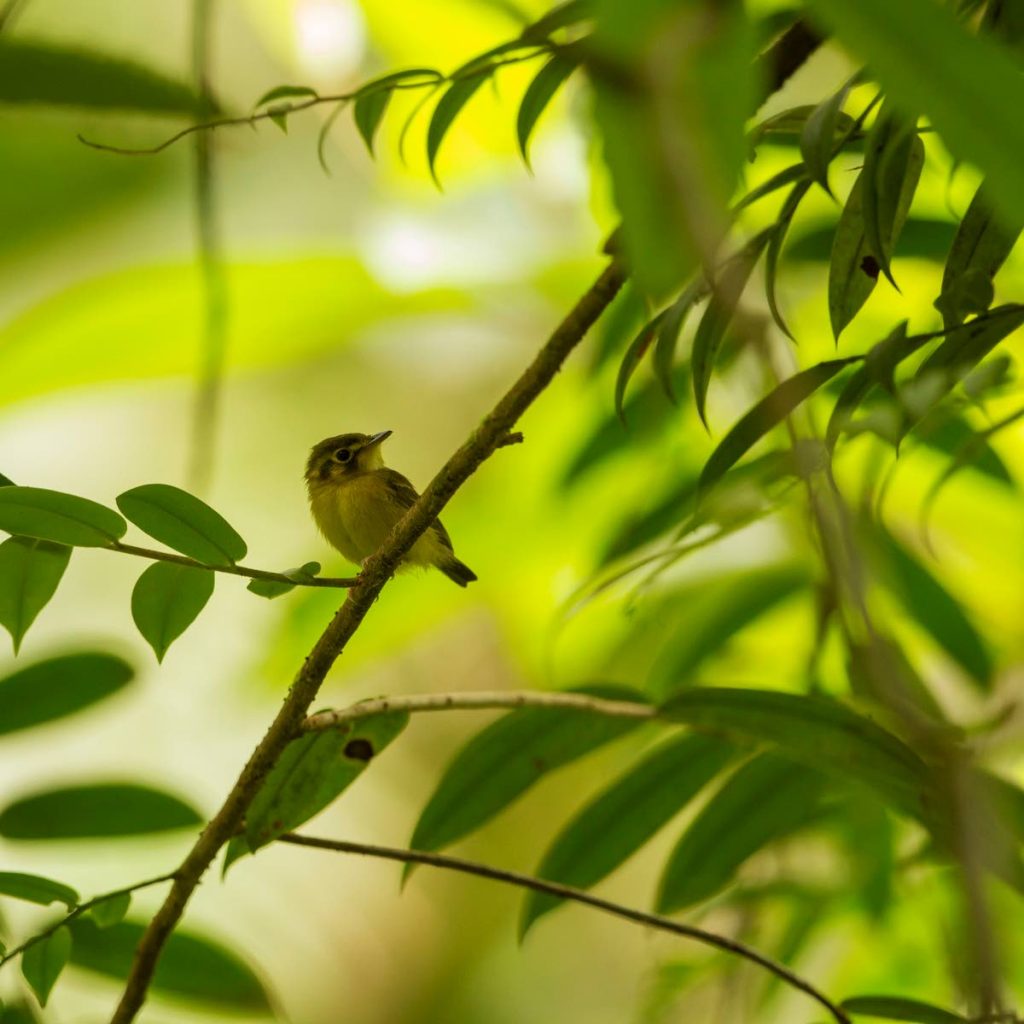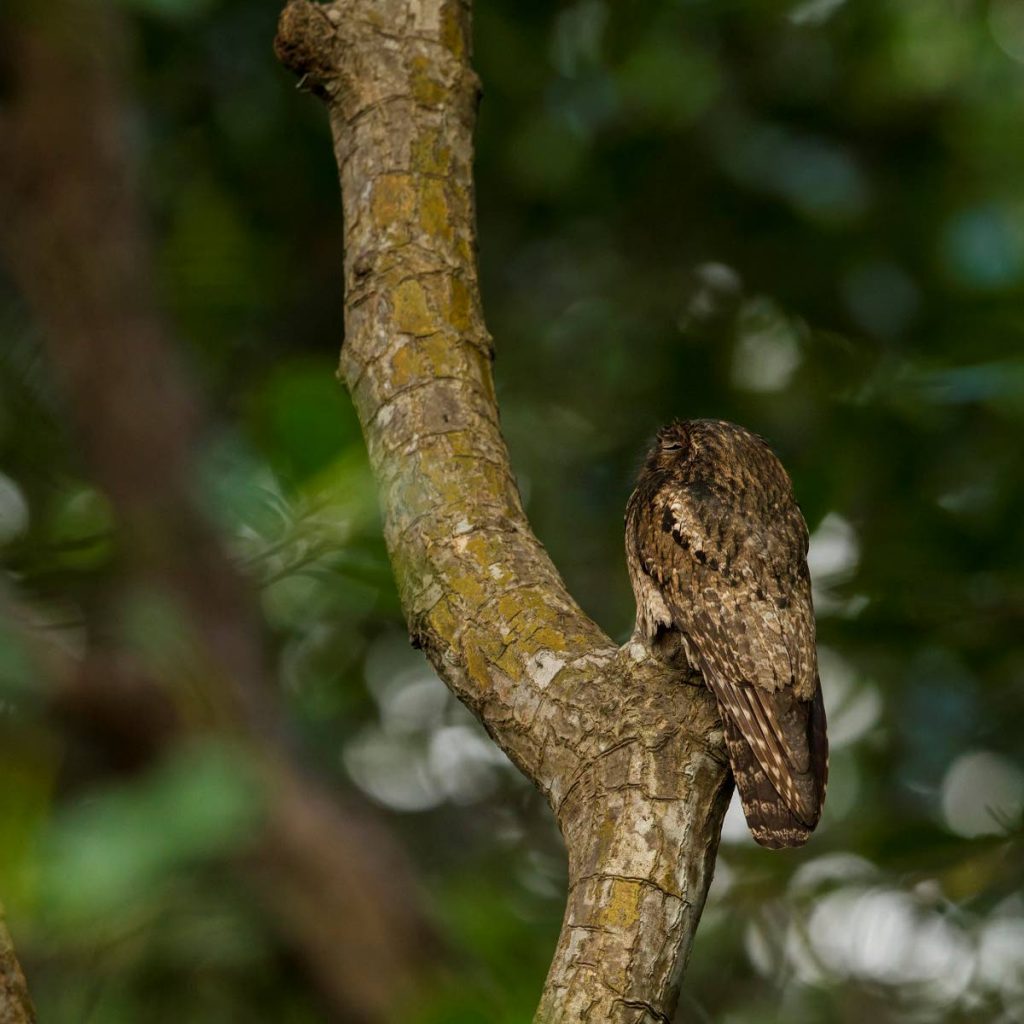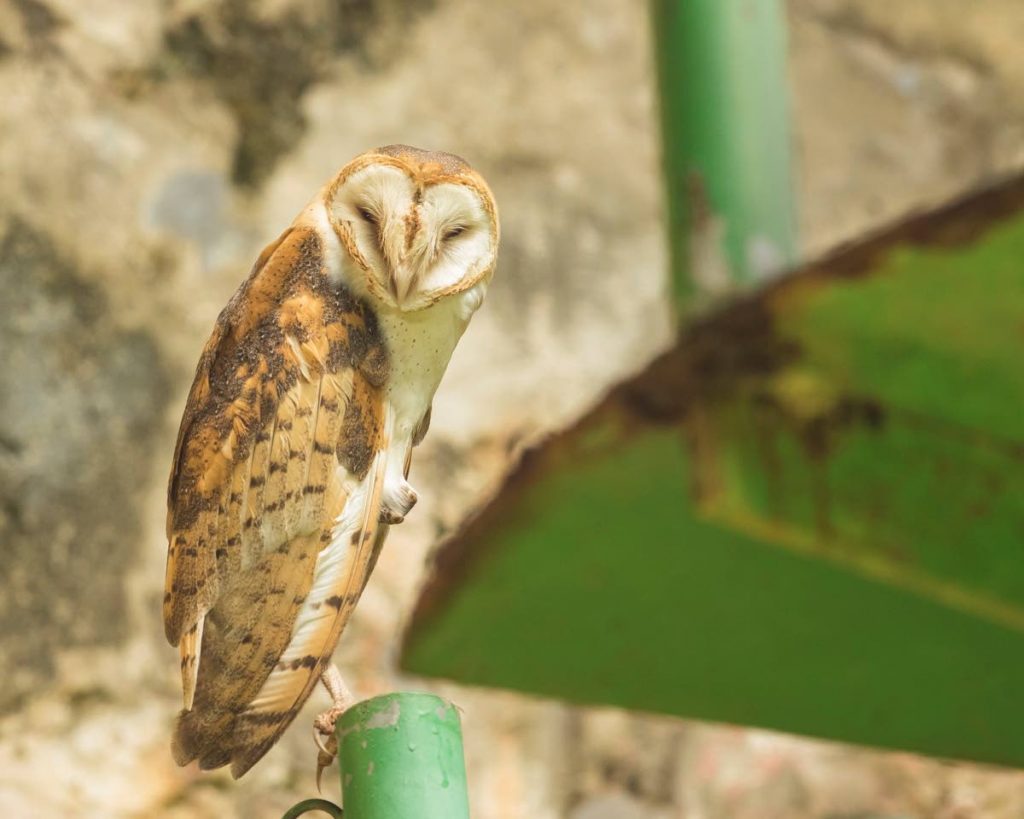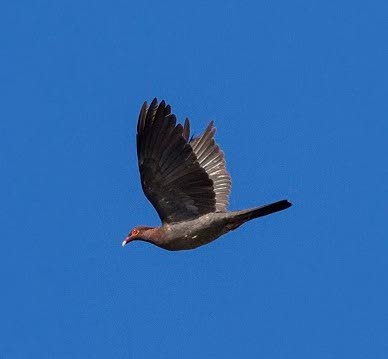Secret birds of Tobago

In 2021, let us commit to appreciating the incredible biodiversity of our islands, whether we understand all that exists here or not. Faraaz Abdool reveals some of Tobago’s unseen birds.
For each bird one sees, there are several others that go undetected. Whether by camouflage, habit, or habitat, some species of birds have mastered the art of remaining unseen. Our hearts may be charmed by the bananaquits and blue-grey tanagers. We may hold our breaths when we see the magnificent ruby-topaz hummingbird feeding on some nearby flowers. But what about the birds we aren’t lucky enough to feast our eyes upon?
Nocturnal birds are often the sources of the mystery sounds and fleeting shadows of the night. Many of these birds are more often heard than seen. Take the mournful wail of the common potoo for example. This bird’s descending whistle stirred such emotion that it inspired its local name: poor-me-one. Common potoos can be found throughout forests in TT – bear in mind that the word “found” is used loosely here. During the day, common potoos don a disguise that can fool even the most discerning of eyes. At night, their large eyes help them locate and track flying insects.
The white-tailed nightjar is the smallest nightjar that can be found within TT, and while it superficially resembles the aforementioned potoo, it belongs to an entirely different family; its vocalisations and habits are very different. Its strident, distinctive calls can be heard from the onset of darkness throughout forested areas of Tobago (and select areas on Trinidad). White-tailed nightjars are often found sitting on roadways where there is vegetation on either side, especially under streetlights. The clever birds have figured out that insects, their main food source, are attracted to the lights and make easy pickings under the artificial glow.
When one hears the word “nocturnal,” the mind immediately conjures images of owls. Famed for their wisdom and unfairly demonised for their very existence, owls play a pivotal role in ecosystems on every continent except Antarctica.
One of the most widely distributed and well-known owls is the barn owl. These charismatic owls are characterised by their unique heart-shaped facial disk, lack of ear-tufts and predominantly creamy-white plumage with varying degrees of russet tones. Barn owls nest in cavities; they would raise their young in any natural nook, such as a rock face or a hole in a large tree. It takes no imagination to understand how they have adapted to human structures. Their soft, delicate feathers do not have smooth edges like many other birds, but are riddled with tiny, thin barbs which serve to attenuate the sound of air as the bird flaps its wings. This is a crucial adaptation that allows barn owls to fly in almost complete silence.

While barn owls have adapted to human encroachment reasonably well – maintaining the rodent population is their main occupation – another owl does not share the same fondness for altered habitat. Little is known about Tobago’s population of striped owls; these mysterious forest residents are sporadically recorded throughout certain months and absent completely during others. Found only in northeast Tobago, this population may comprise breeding migrants from the South American mainland or may be residents of the island. Studies conducted in other countries have indicated that striped owls often nest on or close to the ground, making them prime targets for terrestrial predators. This would explain why they do not thrive alongside human populations, as free-roaming dogs and cats would make breeding impossible for these incredible nocturnal raptors.
Not all rarely seen birds avoid the light of day. Masked ducks spend all year in freshwater ponds in southwest Tobago, yet one must have a healthy dose of luck to see one. Even the bright blue bill of the male is not enough of a beacon to pinpoint their location, as they tend to remain as low to the water as possible, hiding among aquatic vegetation. If they feel threatened, they can easily slip beneath the surface without a sound or splash. Mangrove cuckoos are large and vividly adorned, yet their habit of remaining motionless in their preferred mangrove habitat renders them difficult to detect.
The Main Ridge rainforest harbours many species that easily slip below the radar. Birds which tend to stick to the canopy are seldom seen without considerable neck pain; but there are several species which occupy a niche close to the forest floor and are just as infrequently encountered, such as the diminutive white-throated spadebill.
Some are often heard, like the stripe-breasted spinetail. These comical little birds have a constant, encouraging song many hikers are familiar with – it sounds as if the bird is repeatedly saying, “keep going.” Stripe-breasted spinetails’ favoured habitat is the forest floor where they sift through the leaf litter for small invertebrates and other morsels. The true leaf litter specialist is the aptly named grey-throated leaftosser. This pot-bellied bird spends the majority of its time at or near ground level. It even nests in subterranean tunnels!

For many birders, the ocean is the final frontier. Tobago’s location at the edge of the continental shelf attracts a fair number of seabirds, some are waifs from distant lands but others are loyal to the offshore islands of Little Tobago and Saint Giles, and raise their young there each year. The red-footed booby is commonly seen around these offshore islands – but a little effort is needed to secure a good view and to properly differentiate them from the much commoner brown booby. Red-footed boobies have three plumage variations known as “morphs” but all three retain the namesake red feet.
The northeast of Tobago, inclusive of its offshore islands, is home to another uncommon inhabitant. This one is a recent coloniser. The largest species of pigeon ever recorded in TT is now expanding its range after first appearing following a major hurricane in the Caribbean in 2004. Scaly-naped pigeons are large, resilient birds yet exceptionally jumpy and therefore the first indicator of their presence is usually the powerful beating of the wings of a retreating bird.

The birds featured here are some of Tobago’s shy and most secretive residents. Some have been maligned due to misunderstanding, others live right under our noses and we are none the wiser. It begs us to question what else may have existed in the past, what treasures have we unknowingly pushed over the edge in our quest for domination of our surroundings. Let us cultivate awareness of the indispensible diversity which perseveres within the realm of what we don’t easily see. Let us care about the other creatures of forest and shores, and act responsibly.

Comments
"Secret birds of Tobago"